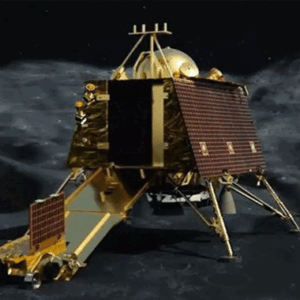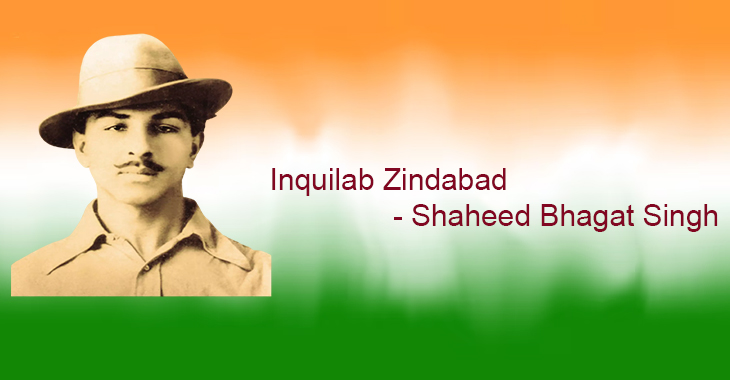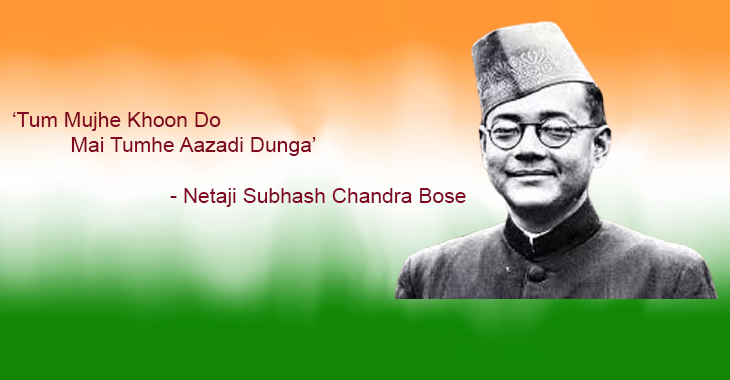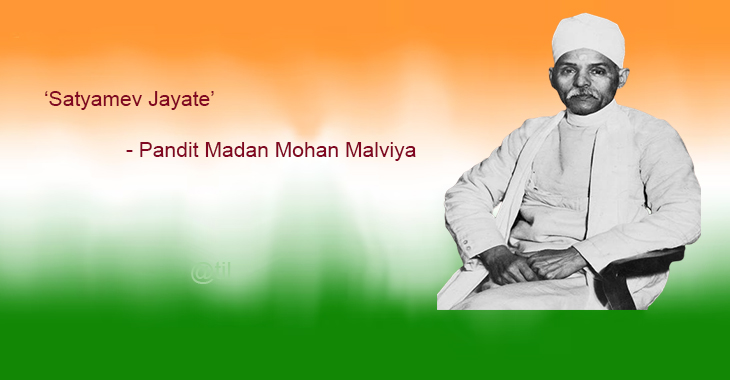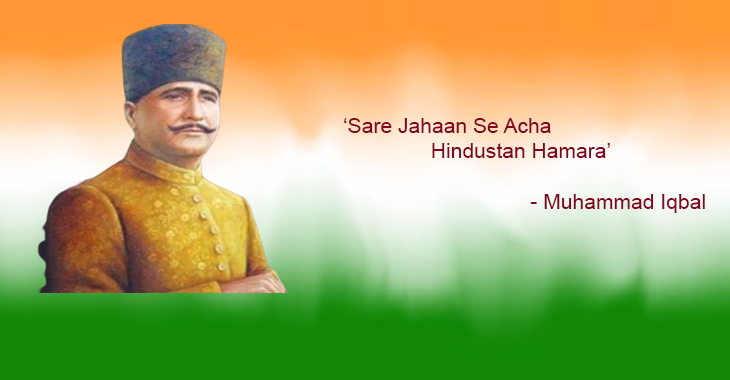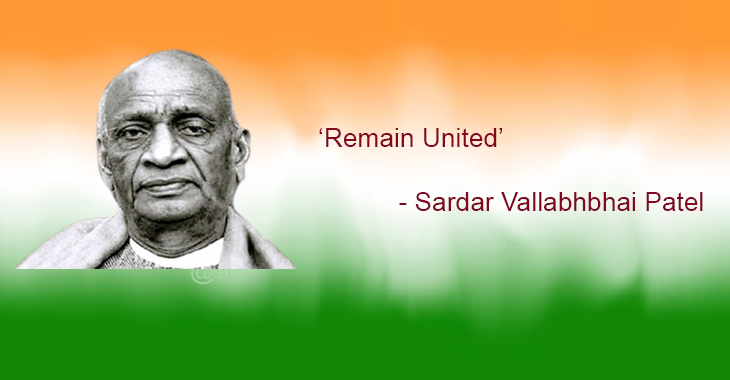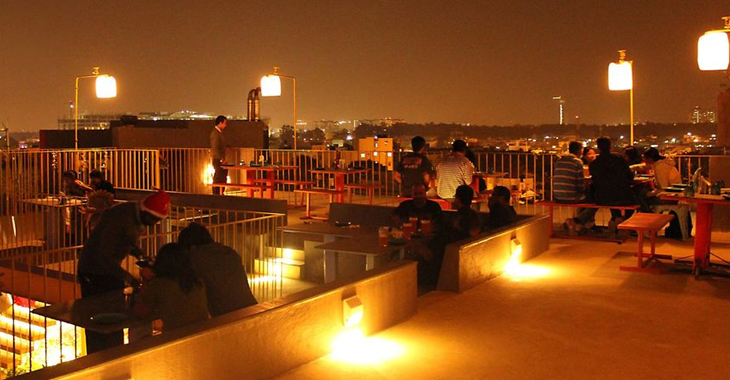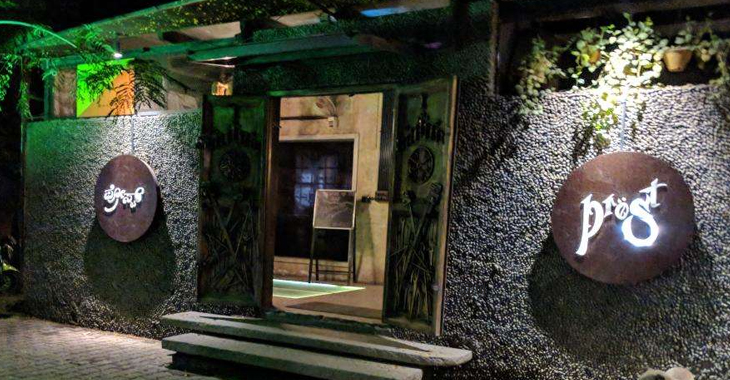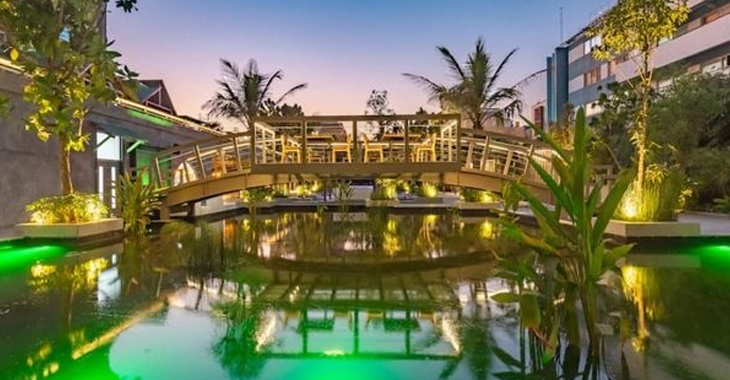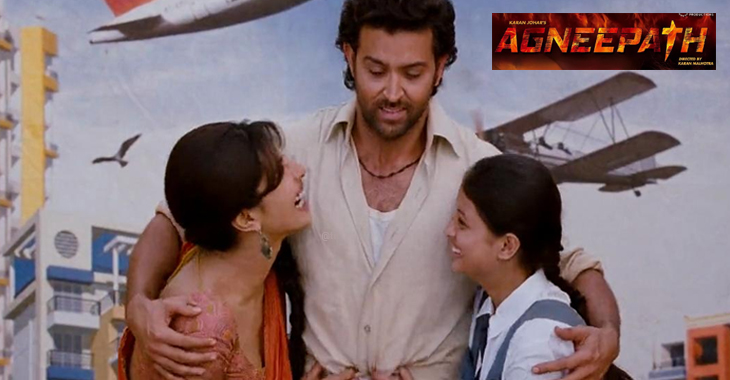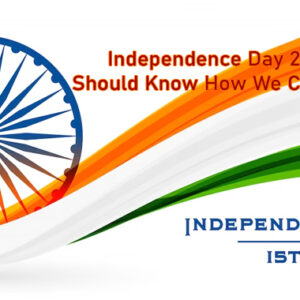Chandrayaan-3: India conquered the Moon’s South Pole
On Wednesday, India became the first country to successfully land a spacecraft close to the south pole of the moon. This was a technological achievement for the most populous country in the world as well as a historic journey to previously unexplored terrain thought to contain significant frozen water reservoirs. At 6:04 p.m. local time, a lander with a rover aboard touched down on the lunar surface, setting up jubilation throughout India.
On July 14, 2023, Chandrayaan-3 was launched from the Satish Dhawan Space Centre in Andhra Pradesh perched atop a Geosynchronous Satellite Launch Vehicle Mark III (GSLV-MK III) heavy-lift rocket, just under four years after Chandrayaan-2. The mission is a shining illustration of India’s increasing dedication to strengthening its position in the international space community.
The third Moon mission by India’s ISRO space agency is called Chandrayaan-3. The objective is to deploy a lander and rover on the lunar surface and keep them there for around 14 Earth days, or one lunar day. The diminutive rover, which only weighs 26 kilograms (57 pounds), was carried by the lander to the Moon. Both vehicles have scientific equipment for studying the surface.
On August 23, 2023, Chandrayaan-3 successfully executed a soft landing in the southern polar region of the Moon. The Chandrayaan-3 Moon lander and rover project was launched by the ISRO, India’s space agency.
On July 14, 2023, the spacecraft was launched, and on August 23, 2023, it landed in the southern polar zone of the Moon.
Science tools fitted to the Chandrayaan-3 lander and rover will help us understand the Moon better.
An apogee, or high point, of around 36,500 kilometers (22,700 miles) above the globe was achieved by the spaceship and a connected propulsion module thanks to the LVM3. Before entering lunar orbit, the propulsion module increased its orbit numerous times.
Chandrayaan-3 was lowered to the Moon by the propulsion module until it was in a circular, 100 km (62 mi) orbit. The lander then deorbited and touched down in the south polar area of the Moon after the two vehicles split up there.
The lander was predicted to move at less than 2 meters per second in the vertical and 0.5 meters per second in the horizontal at the time of contact (6.5 and 1.6 feet per second, respectively).
India made history by being the first nation to set foot on the South Pole of the moon’s surface. Indians and space scientists received praise for their accomplishment from PM Modi.
At the final landing leg, the mission’s true test began. ISRO started the Automatic Landing Sequence (ALS) 20 minutes before landing. It made it possible for Vikram LM to assume control and use its internal computers and logic to choose a suitable landing place on the lunar surface..
According to experts, the last 15 to 20 minutes of the mission, when Chandrayaan-3’s Vikram lander made its soft landing, were extremely important for the project’s success. Indians prayed for Chandrayaan-3’s successful landing today from all throughout the nation and the world.
The seamless entry of Chandrayaan-3 into the lunar orbit allowed it to perfectly achieve the desired orbital parameters of 164 by 18074 kilometers.
Narendra Modi, the prime minister of India, watched the landing via live broadcast from Johannesburg, where he is taking part in the 15th annual BRICS summit of developing nations.
“All the people of the world, the people of every country and region: India’s successful moon mission is not just India’s alone … this success belongs to all of humanity,” Modi said, speaking on the Indian Space Research Organization webcast of the event.
“We can all aspire for the moon, and beyond,” Modi added.
Read More
Puri Rath Yatra: PM Modi and President Murmu welcome pilgrims on the Jagannath Rath Yatra
RBI will keep the Rs 2,000 bills as legal tender despite their withdrawal

